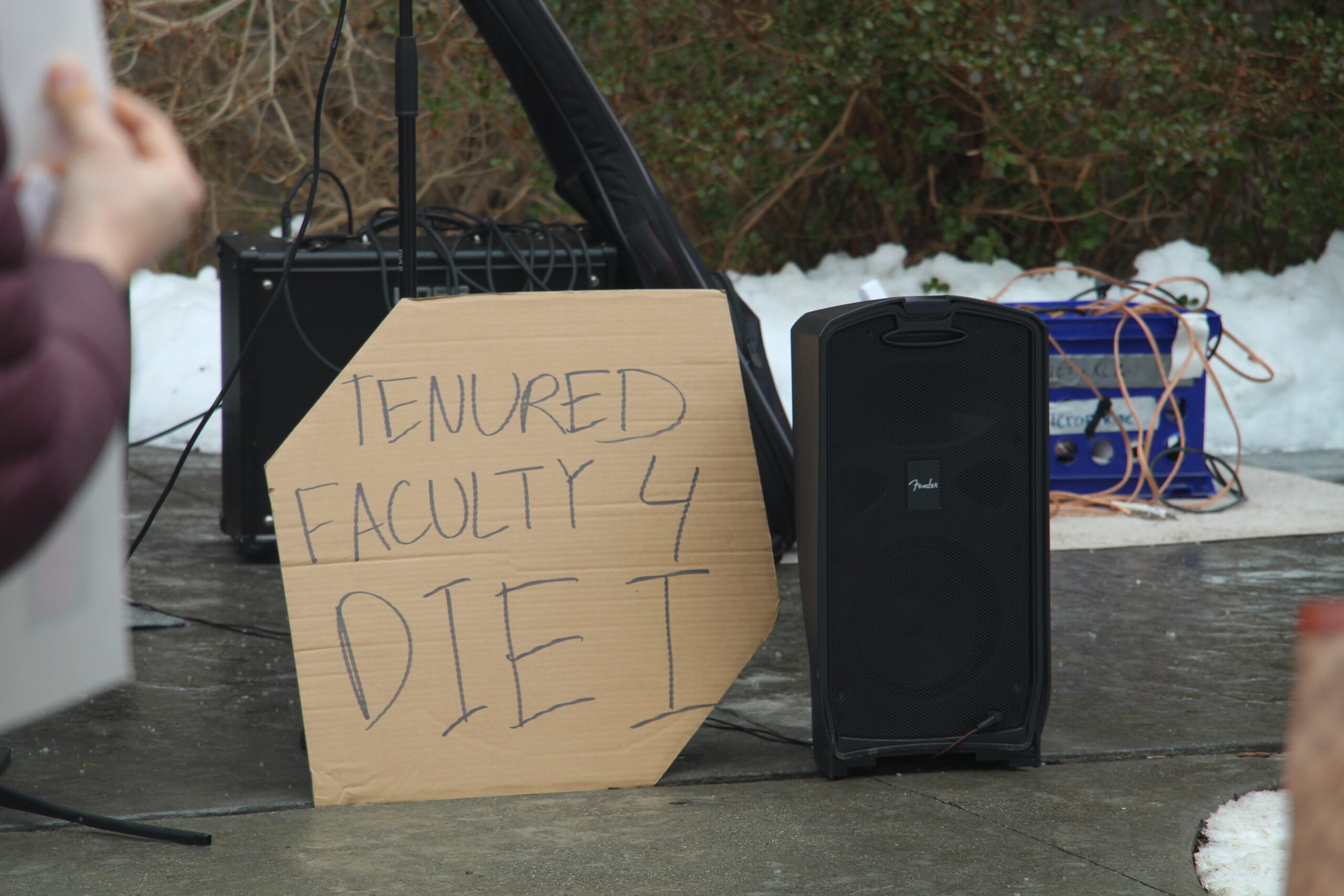Photo courtesy of Unsplash
The difference between cases and mortality rates in communities of color and white communities shows the injustice in the United States that has been exposed by COVID. These cases and deaths are disproportionately higher in communities with a large Black population. Since the start of the pandemic, 1 in 555 Black Americans have died from COVID as compared to 1 in 665 white Americans. Specifically in NYC, African Americans and Latinos had 1.6-2 times higher mortality rates than white people. These statistics come from a long history of racist policies created to hurt minorities, especially now in COVID times. It is important to address these factors and policies as vaccines are distributed and to prevent another epidemiological disaster.
Environmentally racist policies that purposely target communities of color have caused these communities to be more vulnerable to COVID-19. As a matter of fact, lower-income communities of color are disproportionately located near incineration sites and busy roads which has placed minorities at a higher risk of respiratory illnesses. One example is asthma: in 2018, it was reported that 40% of non-Hispanic Blacks are more likely to have asthma than non-Hispanic whites. In connection, Catherine Flowers, founder of the Center for Rural Enterprise and Environmental Justice stated in an interview that “African Americans are 79 percent more likely than whites to live in neighborhoods where industrial pollution is suspected of causing the greatest health dangers.” Now in the time of COVID-19, the disproportionate exposure to health dangers has made communities of color increasingly more vulnerable. Asthma in particular has been labeled as a possible “increased risk” for severe COVID-19 symptoms by the Center for Disease Control and Prevention (CDC).
Additionally, there are economic hardships during the pandemic. Before the pandemic, marginalized groups have disproportionately struggled with poverty––the pandemic has exacerbated this vulnerability. In a survey conducted by the U.S. Census Bureau in August 2020, while people from all races had high concerns with “lost employment income,” “food insufficiency,” “worries about upcoming rent,” and “worries about upcoming mortgage payments,” African Americans and Latinx were consistently higher in all four categories than white Americans. When looking at food insufficiency pre-pandemic, 37 million Americans suffered from food insecurity with Black and Hispanic people being twice as likely to suffer from insecurity when compared to white families. One month after the nationwide lockdown in April, food insecurity rates reportedly doubled, affecting more than 20% of households. Unfortunately, people of color are more vulnerable to chronic diseases due to food insecurity, which in turn makes them more vulnerable to COVID-19.
Even while the economy is bouncing back, African Americans are still being left behind since they are the group with the largest unemployment rate and even more so, women of color have been suffering with the brunt of nationwide job losses. Compared to white women, women of color are more likely to work in industries such as service, leisure, and hospitality––all of which have been most affected by the pandemic. While there has been an approximate 7 percent decrease in employment among Black men, Black women have around 10 percent of a decrease in employment. A decrease in jobs creates concerns about how people can provide for their families.
Another issue is the location of the test sites. Usually, test sites are located in places that are out of the way for lower-income communities. Since there are far fewer testing sites in communities of color and impoverished areas, the demand for a few of these sites are greater. In July 2020, it was reported that testing was “more scarce in poorer areas, with fewer sites per person and sites located farther away.” While public transportation is an option, it places people in direct contact with one another and becomes a safety concern. Also, most people cannot afford to take off work to go and get tested. If people from minority groups are to be tested, there must be better access to tests. Immediate remedies have been recommended to fix the issue, however they do not address long term solutions. Some include direct communication via trusted community members, safer transportation to testing sites, and access to treatment. The good news is that COVID-19 tests are free to people (insured and uninsured) nationwide under the Families First Coronavirus Response Act., allowing more people the option to get tested.
As vaccines are distributed nationwide, there is still a disparity between white affluent communities and minority groups regarding access to the vaccine. Besides the health care system’s lack of accessibility and the mistrust people feel towards the health system, many also struggle with language barriers, especially when it comes to information about the COVID-19 vaccine. In California, there is a large language barrier for conveying the message of vaccinations to Indigenous communities with several different languages: Zapotec, Mixtec, and even Spanish. An indigenous women group called Indigenous Communities in Leadership (CIELO) is tackling the issue of language barriers and lack of accessibility in times of the pandemic through spreading the truth of COVID-19 through “word of mouth and social media campaigns” in the midst of false information. In February 2021, CIELO started a vaccine outreach campaign that was funded by the Los Angeles Department of Public Health in order to help indigenous groups get vaccinated.
Overall, the social and economic impacts of COVID-19 have unveiled structural racism that has been set up since the beginning of the United States. By recognizing the problem of inequity, we are one step further to fixing the problem. Even after the pandemic, it is important to continue having conversations surrounding structural racism since the structure cannot be changed overnight. It is also important to remember that serving the needs for only one group leads to more harm than good.









